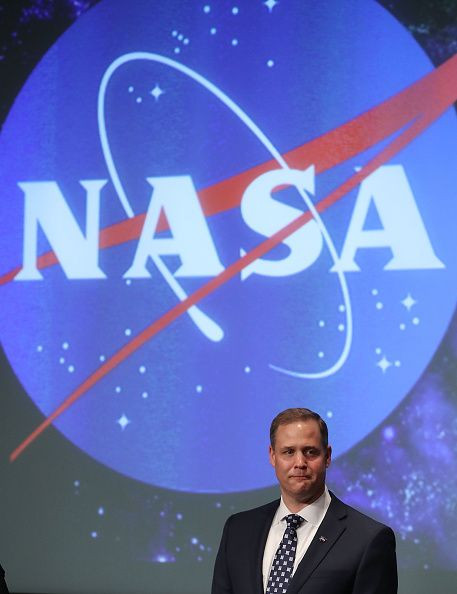NASA, WHOI Working On Alien-Hunting Submarines To Send To Jupiter

Woods Hole Oceanographic Institution (WHOI), in cooperation with NASA, is working on a fleet of submarines that can help provide more understanding about aliens both in the Earth's bodies of water and in Jupiter.
The Orpheus, WHOI's latest underwater vehicle that’s part of a whole new breed of autonomous underwater vehicles, took its first dive outside Cape Cod Bay in September 2018. Together with NASA, WHOI is hoping the prototype could progress to becoming the first submarine that can explore an alien aquarium.
“The extra-terrestrial vehicles will explore the ocean worlds of our solar system, much like how the Mars rovers explore the surface of Mars,” Casey Machado, an engineer at WHOI, said.
The vehicle features a 17-inch diameter glass sphere that also has half an inch of wall thickness. Despite the seemingly vulnerable composition of the vehicle, the glass is of excellent quality especially when compressed uniformly. When molded into a sphere, it can hold against pressure at the deepest trenches. The sphere also acts as storage that protects batteries, cameras and computers.
Although the vehicle's kit may seem standard, it does come with space-grade technologies. NASA's Jet Propulsion Laboratory provided it with a control and mapping software that allows the slim submarine better maneuverability compared to its relatives.
The test on Earth is necessary to prepare the vehicle to its intended purpose and WHOI's sees the hadal zone as the best Europa simulation for its future alien-hunting mission. Named after the god of the underworld, Hades, the hadal zone is the deepest and almost untouched/unexplored part of the ocean. The lowest level of pressure is equivalent to 1,100 tonnes of weight dumped on the human body. The water temperatures also range within 1-4°C.
“We hope to work with our collaborators at NASA's Jet Propulsion Laboratory to develop autonomy and algorithms to enable the Orpheus class of hadal vehicles to explore intelligently and cooperatively alongside other vehicles and the researchers that operate them,” Machado said. Nonetheless, the current testing setup will have to do for now since the hadal zone still has unmapped areas. Results from the project could one day help the fleet of submarines to unchartered territories of another planet.
This isn't far from happening as NASA has been preparing for its expeditions to the Moon and Mars. If it's proposed budget is any indication, NASA will have the resources to support sending more experimental vehicles into space. It is also preparing a helicopter that could fly in Mars' atmosphere.
© Copyright IBTimes 2024. All rights reserved.





















